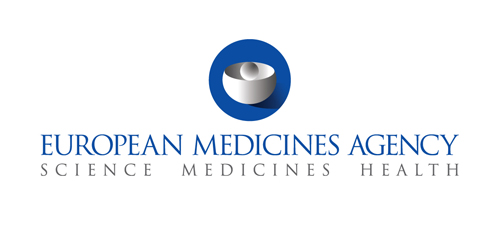The final version of the EMA Reflection Paper on Risk Based Quality Management in Clinical Trials is now available. This document, as well as the FDA Guidance, significantly benefits the industry with the on-going efforts to introduce and develop the risk-based monitoring (RBM) paradigm. The purpose of this reflection paper, as stated by the EMA is to “encourage and facilitate the development of a more systematic, prioritised, risk-based approach to quality management of clinical trials, to support the principles of Good Clinical Practice and to complement existing quality practices, requirements and standards.”
Sponsors should embrace RBM practices in their drug development programs as it provides the opportunity to improve data quality and integrity whilst mitigating risk. According to the EMA, “The current manner in which some elements of a quality system are implemented by sponsors and their agents (CROs etc.) is generally acknowledged to be time-consuming and constitutes a major proportion of the cost of development of medicines. In addition, the ICH GCP guideline was finalised in 1996 when clinical research was largely paper based, but the available technology and the approach to the conduct of clinical trials has evolved considerably in the meantime.” Much of the industry would agree that while capable of conducting high quality clinical trials, the current oversight process can be expensive and inefficient. The use of technology, such as central statistical monitoring (CSM), can help alleviate quality management issues by identifying risk and determining the integrity of clinical data throughout the drug development process.
Regarding central statistical monitoring, the final version of the EMA reflection paper does not differ much from the draft published two years ago, and essentially endorses the use of CSM. “There is potential to develop central monitoring systems using statistical methodology to monitor the quality of the trial conduct and data, with regular metrics reports and records produced that demonstrate the checks/activities that are being undertaken and that they are compliant with the defined monitoring strategy and procedures. This could lead to targeted on-site visits to address the issues that such visits are better placed to detect.” [EMA Reflection Paper Section 5.2, page 13]
The EMA also suggests to “define the metrics that will allow oversight of the trial.” At CluePoints, the metric used is the statistical significance of the differences found in the data from any given site as compared with all other sites. Central statistical monitoring, as implemented by CluePoints’ SMART™ engine, is an unsupervised and independent approach to risk-based monitoring – using all study data to carry out a large number of comprehensive tests in order to identify statistical outliers.
In light of the EMA’s recommendations, statistical monitoring methods are proving critical to identify risk and ensure data integrity. By implementing these techniques sponsors can not only reduce the cost of clinical trials, but can make better use of resources and optimize overall study success rates. To learn more about CluePoints and the SMART engine, please visit: www.cluepoints.com




